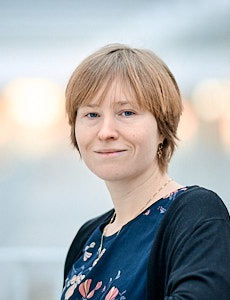
Nonlinear Plasmonics in Nanostructured Phosphorene
New paper published by ACS Nano reveal the strong nonlinear optical response associated with localized plasmon resonances in nanostructured and electrically-doped phosphorene—the atomic monolayer of black phosphorous.
Dr. Line Jelver and Professor Joel Cox have developed a "second-principles" approach for conducting atomistic optical response simulations, as detailed in a newly released ACS Nano publication. Employing maximally localized Wannier functions and highly efficient computational methods, the linear and nonlinear response of nanostructures up to approximately 10 nanometers in size can be described. The approach, rooted in ab-initio density functional theory calculations accounts for the effect of edge states as well as band dispersions on the optical response.
In this paper, the optical response of phosphorene nanoribbons is investigated confirming this material as a promising candidate for applications within nonlinear plasmonics. The findings highlight that electrical doping allows for a significant tunability of the plasmonic resonances, both in term of the added charge carriers and the edge termination of the ribbon. Notably, zigzag nanoribbons are found to exhibit pronounced plasmon-assisted nonlinear optical responses, with third-order nonlinear susceptibilities exceeding 10-5 esu and excellent high-harmonic generation for hole-doped structures.
https://pubs.acs.org/doi/full/10.1021/acsnano.3c05363

